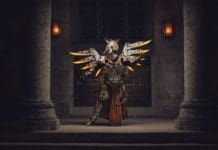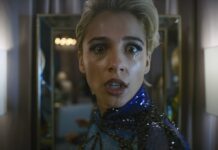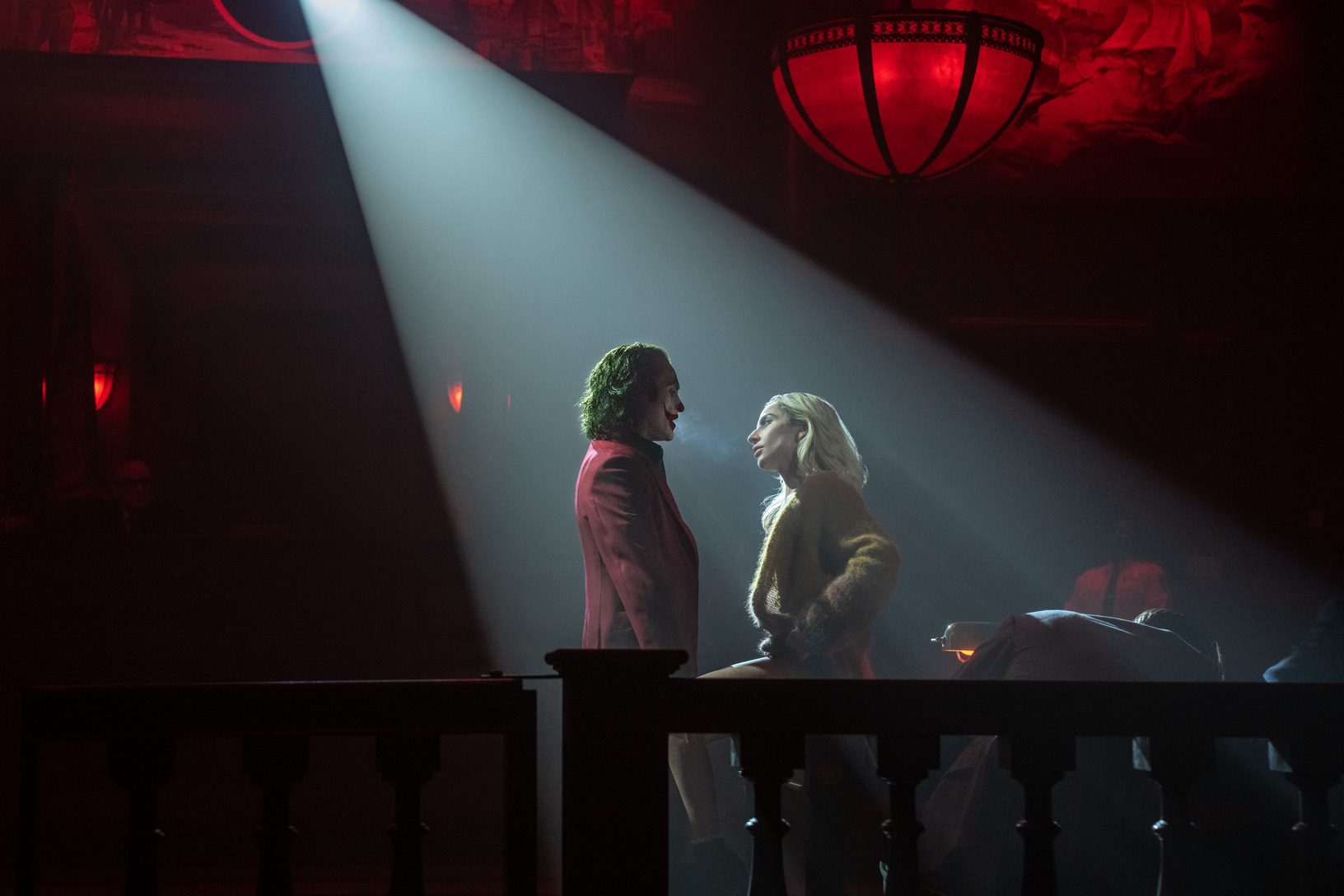
Todd Phillips’ Joker: Folie à Deux is a bold yet deeply flawed follow-up to the 2019 critical and commercial success Joker. With Joaquin Phoenix reprising his Oscar-winning role and joined by pop icon Lady Gaga as Harley Quinn, the film had all the ingredients for a provocative and genre-bending sequel. Unfortunately, while the performances shine, the movie itself stumbles under the weight of its overly ambitious scope and lackluster execution.
Table of Contents
Stellar Performances from Phoenix and Gaga
If Joker: Folie à Deux offers one undeniable highlight, it is the magnetic performances of its leads. Joaquin Phoenix once again fully inhabits the tortured psyche of Arthur Fleck, capturing the character’s descent into chaos with raw vulnerability and explosive intensity. Phoenix’s ability to communicate Arthur’s fractured state through every twitch and glance remains unparalleled.
Lady Gaga, stepping into the role of Harley Quinn, delivers a compelling interpretation of the iconic character. Her Harley is less cartoonish than previous versions, opting instead for a subdued yet deeply unsettling portrayal. Gaga’s vocal talents shine during the film’s musical numbers, even if the songs themselves fail to leave a lasting impact. Together, Phoenix and Gaga’s chemistry provides a spark of life in an otherwise uninspired narrative.
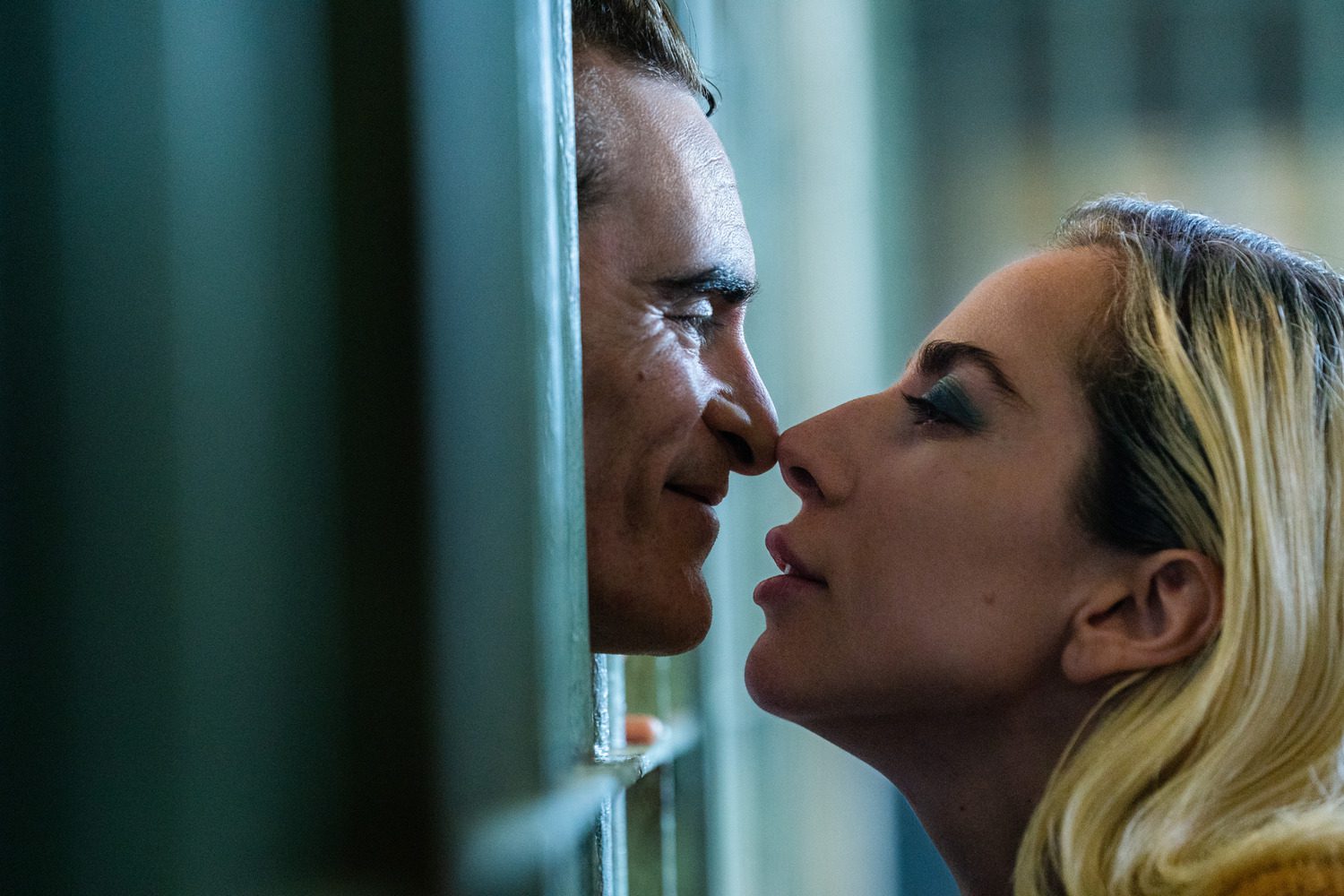
Genre Juggling: Too Many Hats, Not Enough Balance
Phillips and co-writer Scott Silver attempted to blend multiple genres into a single cohesive narrative, but the result is a disjointed and inconsistent film. At its core, Folie à Deux oscillates between a courtroom drama, a dark musical, a twisted love story, and a biting social satire. While such ambition is commendable, the execution feels scattershot. Each genre shift feels jarring, preventing the audience from fully engaging with any one thread.
The courtroom drama—ostensibly the film’s central narrative—drags under tedious legal arguments that lack dramatic tension. The musical elements, while creatively staged, often feel shoehorned in, disrupting the already fragile pacing. Meanwhile, the love story between Arthur and Harley struggles to develop emotional depth, leaving their connection feeling hollow despite the actors’ best efforts.
A Narrative Without a Compass
One of the greatest strengths of the first Joker film was its sharp focus on Arthur Fleck’s descent into madness and his critique of societal neglect. In Folie à Deux, the narrative meanders aimlessly, introducing subplots that fail to coalesce into a meaningful whole. Themes of identity, mental illness, and systemic failure are hinted at but never explored with the same incisiveness as in the original.
The film also suffers from an overreliance on Harley’s backstory, which, while intriguing, takes away valuable screen time from Arthur’s journey. The duality of their relationship—potentially the film’s most interesting angle—is underdeveloped, leaving their dynamic feeling rushed and unearned.
A Lackluster Musical Experiment
The decision to incorporate musical elements into Joker: Folie à Deux was met with curiosity and skepticism when first announced. While Gaga and Phoenix both give their all to the musical numbers, the songs themselves fail to resonate. The compositions lack the emotional heft needed to elevate the story, and the choreography feels uninspired. Rather than enhancing the narrative, the musical interludes often serve as unwelcome interruptions that highlight the film’s tonal inconsistency.
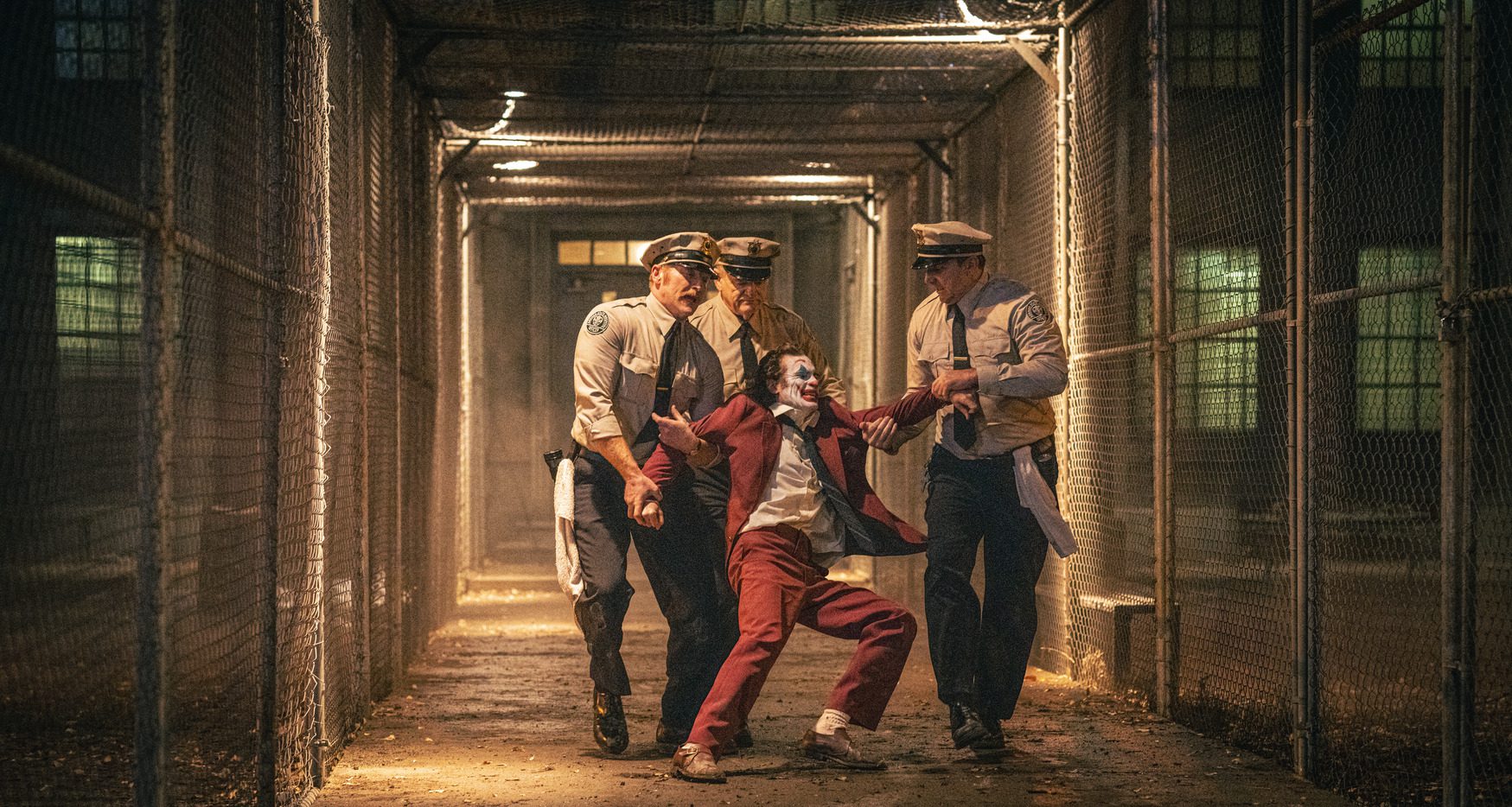
Technical Brilliance Undermined by Narrative Flaws
Visually, Folie à Deux maintains the grimy, claustrophobic aesthetic of its predecessor. Cinematographer Lawrence Sher captures the bleakness of Gotham City with an oppressive palette of grays and muted tones, reflecting the despair of its characters. Hildur Guðnadóttir’s score, though haunting, feels underutilized in favor of the underwhelming musical numbers.
However, these technical strengths are not enough to save a film that ultimately feels more like a collection of half-baked ideas than a cohesive story.
A Missed Opportunity for Bold Storytelling
Joker: Folie à Deux had the potential to redefine the comic book movie genre once again, but it lacks the courage of its predecessor. Where the original Joker delivered a searing, unapologetic portrait of mental illness and societal decay, the sequel seems content to tread water, offering a diluted and unfocused narrative.
While Phoenix and Gaga deliver exceptional performances, their efforts are undermined by a script that struggles to balance its competing ideas. By attempting to be too many things at once, Joker: Folie à Deux loses sight of the compelling simplicity that made its predecessor so effective.
Final Verdict
Despite standout performances and technical polish, Joker: Folie à Deux is a frustratingly uneven sequel that fails to live up to the brilliance of its predecessor. For all its ambition, the film collapses under the weight of its competing genres and underdeveloped narrative threads. Fans of Joaquin Phoenix and Lady Gaga will appreciate their powerhouse performances, but as a whole, the film leaves much to be desired.
About Joker: Folie à Deux
Synopsis: Struggling with his dual identity, failed comedian Arthur Fleck meets the love of his life, Harley Quinn, while incarcerated at Arkham State Hospital.
Director: Todd Phillips
Writers: Todd Phillips, Scott Silver
Cast: Joaquin Phoenix, Lady Gaga, Brendan Gleeson, Catherine Keener, Zazie Beetz
Rated: R
Runtime: 2h 18m
Releases: October 4, 2024

he/him • aapi • intj • geek • photographer • journalist • podcaster • martial artist • foodie • dj • cinephile • gamer • traveler











